Road tripping Brazil: Traveling down the Transamazônica
I had looked out over Rio de Janeiro standing next to the statue of Cristo Redentor, I had snorkeled, kitesurfed and strolled the palm-lined beaches of northeast Brazil, ambled through colonial towns like Salvador da Bahia and admired modern architecture in Brasília. These places and activities were all highlights of Brazil and I felt I had seen quite a bit of the country. However, when I looked on the map, I realized there was a vastness I hadn’t explored at all, part of it being the Amazon.
Explore the Amazon
There are different ways of exploring the Amazon, for example by taking a boat from Belém to Manaus over the Amazon River or visiting some indigenous communities around Manaus.
There is a third way: driving down the Transamazônica. Since my partner and I are traveling in an antique Land Cruiser, that option easily won out over taking a boat. Having said that, you don’t need a car of your own to drive down this 2,500 miles east-west road that connects the Atlantic Ocean with an insignificant town called Lábrea (southwest of Manaus). You can rent a car in any of the bigger cities, or simply take the bus. Along the road you will find basic places to eat and sleep, but note that distances are long, so make sure you bring enough drinking water and snacks.
The Transamazônica was one of the first roads built to open up the Amazon to the rest Brazil, in the 1970s. It is still largely unpaved, although asphalting is underway between Santarém and the infamous Belo Monte Dam project. Go in the dry season (July – Oct), which may be incredibly dusty, but which is preferable to traveling here in the rainy season when red dust transforms into slick mud and stretches may become impassible.
In this article I will focus on the 625-mile stretch from Lábrea to Santarém, which took us 5 days to drive. A warning: this is not the place to see endless untouched rainforest – most of it has been cut for Brazil’s booming business of cattle ranching. The upside: stumbling upon a cattle drive with a handful of cowboys driving 1,000 – 1,5000 cows for weeks or months on end from a cattle ranch to a slaughterhouse, which is quite a sight.
Sawmills
As deforestation continues, you will find sawmills along the way. We stopped near the Floresta Nacional Humaitá and asked permission to visit one of mills, which was no problem. Workers were happy to explain what they were doing, how much they were producing and to demonstrate their machinery. The visit will give you an impression of the scale of Brazil’s (hard)wood industry. A lot of deforestation is legal, part of it is not – the latter is visible in e.g. trucks driving without license plates.
Indigenous Communities
The Transamazônica passes Indigenous Territories, like T.I. Nove de Janeiro and T.I. Tenharim Marmelos. Here you will be stopped to either be asked for a fee or to take a look at their handicrafts. Although we didn’t do so on this particular stretch, you could ask for permission to see their village and maybe stay there. Our experience elsewhere in Brazil is that if you are prepared to spend some money, indigenous people generally are happy to receive you.
Please take note of what you buy: birds and other species are killed to make some of the handicrafts and apart from the fact that you (hopefully) don’t want to contribute to that kind of business, realize that when it concerns handicrafts made of endangered species, you can’t bring the stuff into your own country anyway.
National Park da Amazônia
The Transamazônica traverses the Amazon National Park, which is one of the most beautiful stretches on the route. It consists of dryland forest and is a good place for birdwatching enthusiasts as there are close to 400 bird species in the park. Other animals you may spot are black jaguars, pumas, and tapirs. There are two rustic lodgings and a couple of trails. You may have to register first at the IBAMA office in Itaituba, which is a good place to find reliable guides.
The Museum of Ford Motor Company – Fordlãndia and Belterra
In Belterra, Henry Ford laid out his rubber plantations to safeguard an unlimited supply of rubber for the Ford Motor Company’s tires. He planted a total of 1,5 million rubber trees in Fordlândia, his first project, alone. This, as well as a second project, failed for different reasons. You will see former residences, still inhabited today, and some of the company offices. There is a terrain with rubber trees and a small museum with photos and memorabilia. Ask for a guide to show you around and tell you the history of this place; it’s fascinating.
Alter do Chão – a River Bath or A Festa do Sairé
After so many kilometers of dust, you are ready for a bath! Although officially the stretch from Rurópolis to Santarém and Alter do Chão is not part of the Transamazônica, these towns are logical places to end your journey and relax for couple of days. Alter do Chão is a laid-back town situated along the Tapajós River with white sand beaches. This is thé place to soak off that dust and to enjoy a couple of caipirinhas (cocktails based on sugar cane liquor, sugar and lemon).
If you happen to be here in September: A Festa do Sairé takes place around the 15th, which is one of the best events in Brazil with all night long dancing and a music spectacle downtown.
It may be a pain to get to the Transamazônica and it most definitely isn’t a journey for comfort and luxury seekers, but this is one of Brazil’s off the beaten tracks well worth exploring. Have fun!
bio: Karin-Marijke Vis and her partner Coen Wubbels, photographer, have been overlanding in Asia and South America since 2003, and have been awarded the Overlanders of the Year Award 2013. They work as a freelance duo. Their work has been published in 4WD/car monthlies as well as in travel magazines. Follow them on landcruisingadventure.com, notesonslowtravel.com and instagram/photocoen

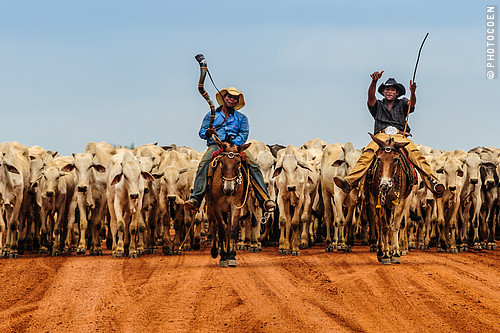
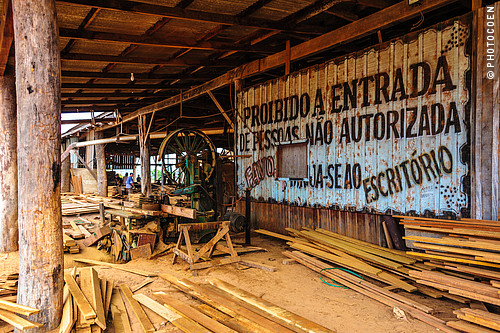
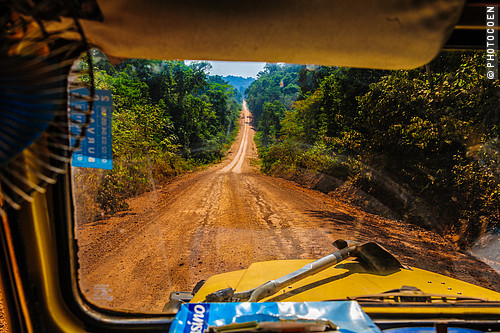
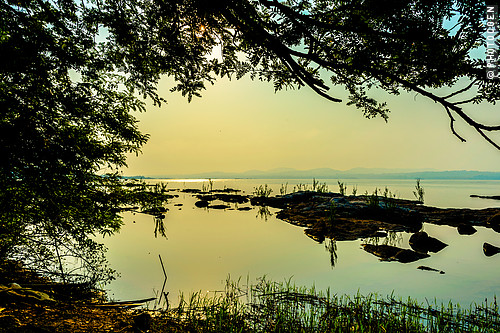
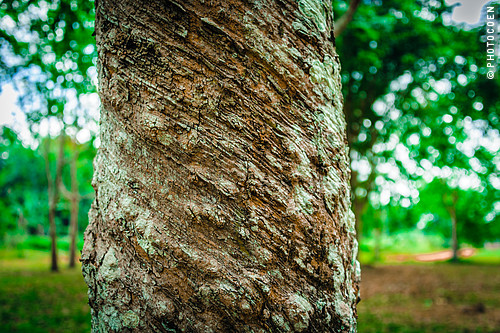
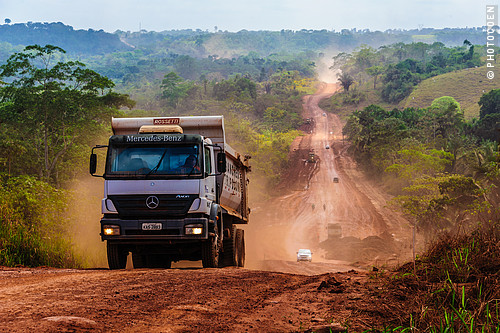
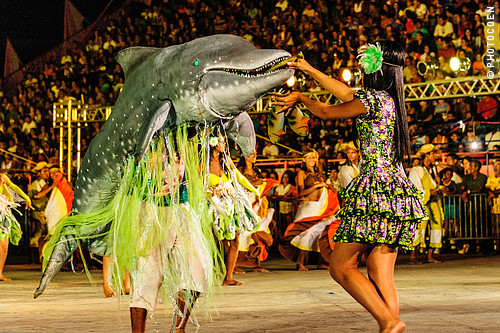
Category: South America